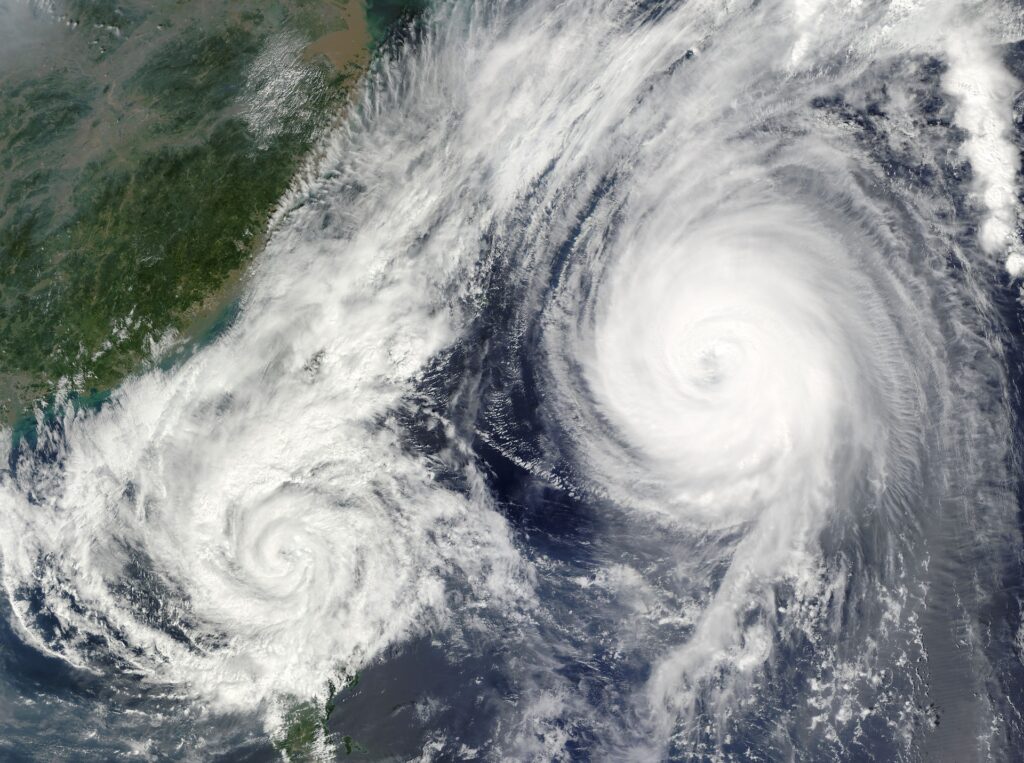US senator Charles (Chuck) Schumer is pushing to secure US$3m in the upcoming federal budget to upgrade hyper-local and real-time weather monitoring technology across New York.
The state’s severe weather warning system currently consists of a mesonet of 126 observation stations, spaced an average of 19 miles apart, with at least one station located in each of New York’s 62 counties. All data is transmitted in real-time to the University at Albany (UAlbany) where it is quality controlled and archived, and then disseminated to a variety of users, including local meteorologists. Most stations are operated using solar power and communicate via cellular signals.
Schumer said, “What we saw with Hurricane Ida and what we see more and more is that storms change rapidly, varying in course, rainfall and other factors — and we need to keep up with all of it in real time. The good news here is that New York has an artery-like system of weather observation stations scattered across the state, with at least one in every county, that help us perfect monitoring, forecasting and emergency response with hyper-local data. The issue is, they need to be maintained and upgraded to keep pace with the new challenges posed by climate change and how those challenges make it critical to be as precise as possible with local warning and forecasting.”
The funding would go toward upgrading the current system to unlock key data from the lower atmosphere. It would be combined with a larger US$30m investment in the country’s national mesonet weather observation system.
“A small amount of federal dollars – just US$3m for New York upgrades and then a US$30m investment for maintenance and expansion nationally – much of which will flow to New York and UAlbany – will ensure this critical tool continues providing hyper-local and real-time weather data and situational awareness in New York and across the country, and this is an investment we must make to protect lives, property and the economy when Mother Nature delivers a punch.”
Seventeen of the mesonet sites have advanced lidar and microwave radiometer systems that scan the upper atmosphere and report back in real time. The US$3m investment would help expand this further.
“Both New York and the nation’s mesonet systems need these upgrades to make real-time data sharper, and NOAA must work to include all of this critical data into its own systems. The bottom line is that without upgrades and federal investment, New York’s forecasting ability could become partly cloudy when it needs to be clear and concise,” Schumer added.
Public spending
A recent survey of people recently affected by hurricanes across four US states found that the public is willing to pay more than US$500m a year to improve hurricane forecasts. The study, led by a group of atmospheric scientists and economists at the University of Miami (UM) Rosenstiel School of Marine and Atmospheric Science, found that the respondents were willing to pay for further improvements to hurricane forecasts and that this willingness to pay expands to all attributes tested — storm track, wind speed and precipitation — with windspeed forecast the most valuable of the improvements. They found that the average willingness to pay for continued storm track improvements were US$26.07 per household per year, US$28.89 windspeed, and US$21.63 for precipitation forecast accuracy.
Renato Molina, assistant professor of environmental and resource economics at the UM Rosenstiel School, said, “People see a direct benefit from having better science and information regarding track, windspeed and precipitation associated with these storms.
“When presented with the facts about the science behind hurricane forecasts, the public is able to understand how funding research allows them to make better decisions in the face of a hurricane. They value this enough that they can assign a price to these improvements and are willing to pay for it.”
In 2018, Hurricane Michael made landfall along the Florida Panhandle as a Category 5 storm, causing an estimated US$25.1bn in damages. Hurricane Florence made landfall in North Carolina in 2018 as a Category 1 storm and caused US$24.23bn in damage.
Striving for Improvement :The Perceived Value of Improving Hurricane Forecast Accuracy was published in the Bulletin of the American Meteorological Society.



